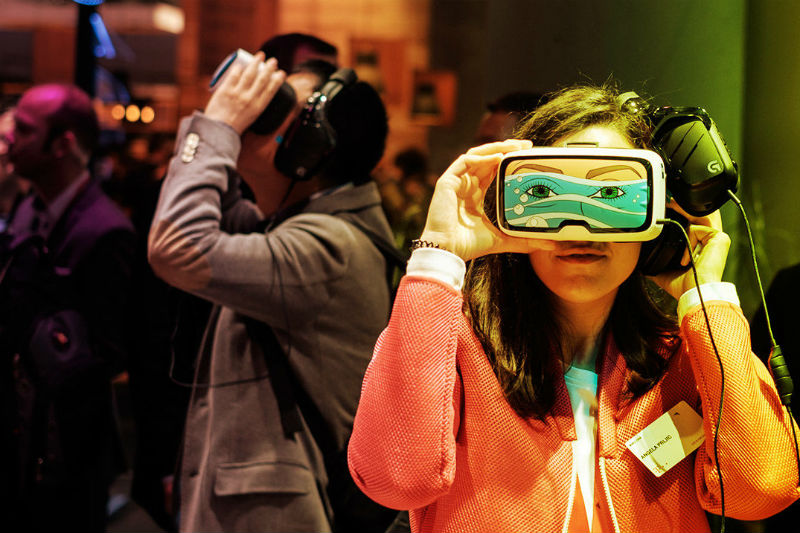VR and AR are in their primary stage of the tech market, and like a trend in this market, a curved growth is more likely than a linear one. With a few billion dollar revenue in 2017 and an excepted inflection point in 2018, the sector has stepped up to the first level of tech market development (hyper cycle, facing reality, lift off and sustainable market).
It might be a challenge for the AR/VR start-ups to survive without a long-term business model scaling for 18-24 months. But it’s a matter of strategy. Here are a few things that could be done to achieve success in this division.
Raise enough funds
Taking up a business where nothing can be assured and a market that is still developing, loads of resources are needed in the development stage. A Start-up like Magic Leap has done something of that sort by raising quite a handsome amount of money for their product.
Think out of the box
Businesses like OTOY has been working with visual effects, film, technology and gaming firms to deliver their services. Their cloud-based rendering and SaaS solutions have catered to over 150,000 customers.
Let the tech giants come to you
Companies like Facebook, Samsung, Google would be aiming to invest and get a piece of your idea at any cost. Just make your idea a profitable one.
Reach the users
You could work on developing applications for the VR devices. It would be a profitable area to invest as with time new developers would create the hardware; these applications could have a platform for themselves.
This new technology is yet to showcase its true colours, but an innovative idea could definitely make a difference. So instead of focusing on a monetization model, start-ups could grow through the innovative pathway.

